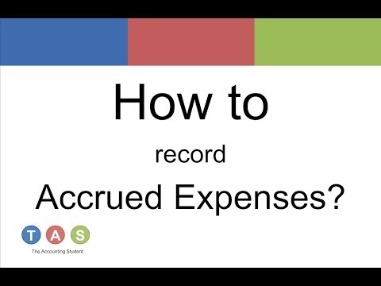
Income, expenses, outstanding invoices, and other key business financials are on view as soon as you sign in. Sync data from popular apps like QuickBooks Time, Shopify, PayPal, and many others. Because you have a proper bookkeeping system in place, you won’t have to worry about the two situations and other business presentations you must make.
Bookkeeping for Amazon Sellers Made Easy With Unloop
These activities are significantly more important to the life of your business than spending hours digging into all the details of your e-commerce accounting. As your business grows, your accounting needs evolve. The method suitable for a startup might not be right for a business with millions in annual revenue. Hence, it’s essential to assess where you stand and choose accordingly. The challenge with ecommerce accounting is that it is fundamentally different from any other type of accounting.
The right accounting practices can make a world of difference. Most of that revenue is actually from the previous month. Some cons of this method are that it doesn’t give you a difference between gross margin and gross profit whole lot of detail, creates some timing issues, and it skews your margins at the gross profit level. This is by far the simplest, least time-consuming option. And at the end of the day your net income is correct. The method you choose will determine how you record these activities.

The discounts do not apply to additional employees and state tax filing fees. If you add or remove services, your service fees will be adjusted accordingly. To be eligible for this offer you must be a new QBO and Payroll customer and sign up for the monthly plan using the `Buy Now” option. QuickBooks is a powerful accounting software developed by Intuit. It is designed to help businesses efficiently manage their financial activities, including invoicing, expense tracking, and financial reporting.
- But first you need to understand WHY it is so important, why deposits are not the same as net income, and how it impacts your profitability and visibility into your business.
- As your business grows and increases in complexity, it’s important to find one who knows the intricacies of ecommerce accounting inside and out.
- There are different methods of ecommerce accounting, and where you are in your business will determine which one is most likely to work best for you now.
- Also, this method doesn’t give you a lot of control over seeing all the detail of what’s going on behind the scenes.
How to Integrate QuickBooks and Amazon Seller Central
When creating your company profile, you will provide essential information such as your business name, address, and contact details. This information will be used to generate professional invoices, purchase orders, and other financial documents. QuickBooks is an exceptional accounting system for viewing your bookkeeping numbers. So whether you don’t have it yet or are already using it and want to integrate it, let Unloop shed some light on what you can do to produce those numbers easily. When you look at the pricing, you’ll see that these apps are very reasonably priced for the work they’ll be doing for you. This is so you can make your accounting become a source of truth for you now, and so you can reference it later to get really good, solid data.
Previous PostHow to Record a Cost of Goods Sold Journal Entry
Each employee is an additional $4/month for Core, $8/month for Premium, and $10/month for Elite. Contractor payments via direct deposit are $4/month for Core, $8/month for Premium, and $10/month for Elite. If you file taxes in more than one state, each additional state is $12/month for only Core and Premium.
QuickBooks offers a range of customization options, allowing you to set your preferred currency, tax rates, and estimated useful life and depreciation of assets payment terms. These preferences ensure that QuickBooks aligns with your specific business requirements. To get the most insights into the financial side of your business, you need to make sure that certain activities are being taken care of. We have an ecommerce bookkeeping checklist with all those activities, what they are, and how often they should be taken care of. Use it to make sure you’re doing everything you need to do or as a way of making sure the person doing it for you is covering all the bases. Not all accountants and bookkeepers are created equal.
The accounting software automatically calculates the correct sales tax amount for you, depending on the state which you must remit it to. Fortunately, through innovation and technological advancements, plenty of accounting tools are available to help business owners and sellers like you through this arduous process. One of the key advantages of QuickBooks is its ability to automate repetitive tasks. By automating processes such as invoicing, expense tracking, and financial reporting, QuickBooks saves businesses valuable time and resources. This allows business owners and their teams to focus on more strategic activities, such as growing the business and serving customers. QuickBooks is more than just a software program; it’s a comprehensive financial management solution.
You can generate comprehensive reports that provide insights into your business’s performance, profitability, and cash flow. These reports can help you make data-driven decisions, identify areas for improvement, and plan selling on etsy andyour taxes for future growth. To cancel your subscription at any time go to Account & Settings in QBO and select “Cancel.” Your cancellation will become effective at the end of the monthly billing period. Offer cannot be combined with any other QuickBooks offers. Terms, conditions, pricing, special features, and service and support options subject to change without notice.
You are paired with a dedicated bookkeeping team that prepares accurate financial statements, financial forecasts, and can also pay bills or run payroll for you. Come tax time, everything is organized and ready to go, so you don’t need to worry. Book a call with an ecommerce accountant today to learn more. Your account will automatically be charged on a monthly basis until you cancel.


